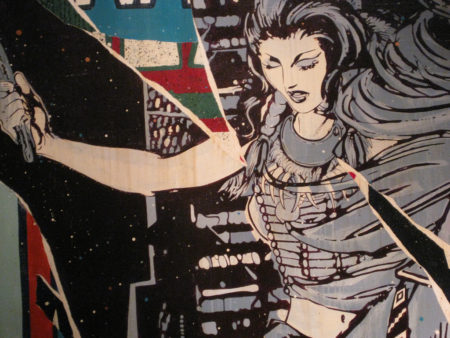
This piece was originally published by Political Violence @ a Glance on 2 August 2016.
What makes a person choose to support or fight for a non-state armed group (NSAG)? This is a question that social science scholars have been asking for years. Work from political science and international relations has crystallized around two overarching reasons why individuals participate in organized political violence. The first, stemming largely from work by Ted Gurr, deals with grievance. This notion predicts that rebellion is not solely a rational act, but that it also requires feelings of frustration, exclusion, and/or relative deprivation. Scholars building on this idea have usually operationalized this to mean a grievance centered on political, economic, ethnic, and/or religious factors. The second school of thought, based on rational choice and economic models, predicts that individuals will choose to join a rebellion only when there is a perceived personal benefit–like power, money, or loot.
As noted in my recent article in the Journal of Global Security Studies, prior works that look at “greed” and “grievance” as motivating factors have found that both of these explanations are at least partly right. However, these examinations have usually been undertaken with the assumption that the default recruitment pool is made up of men and boys. Recent work has challenged this assumption, showing that women have contributed to the majority of NSAGs active since 1990, that they have contributed to rebellions in about 60 countries, and that women are more likely to be present in groups that use terrorism to further their aims (here, here, and here). Given this new knowledge, previous research using male-focused economic indicators or surveys that over-sample men seems to only tell part of the story.
